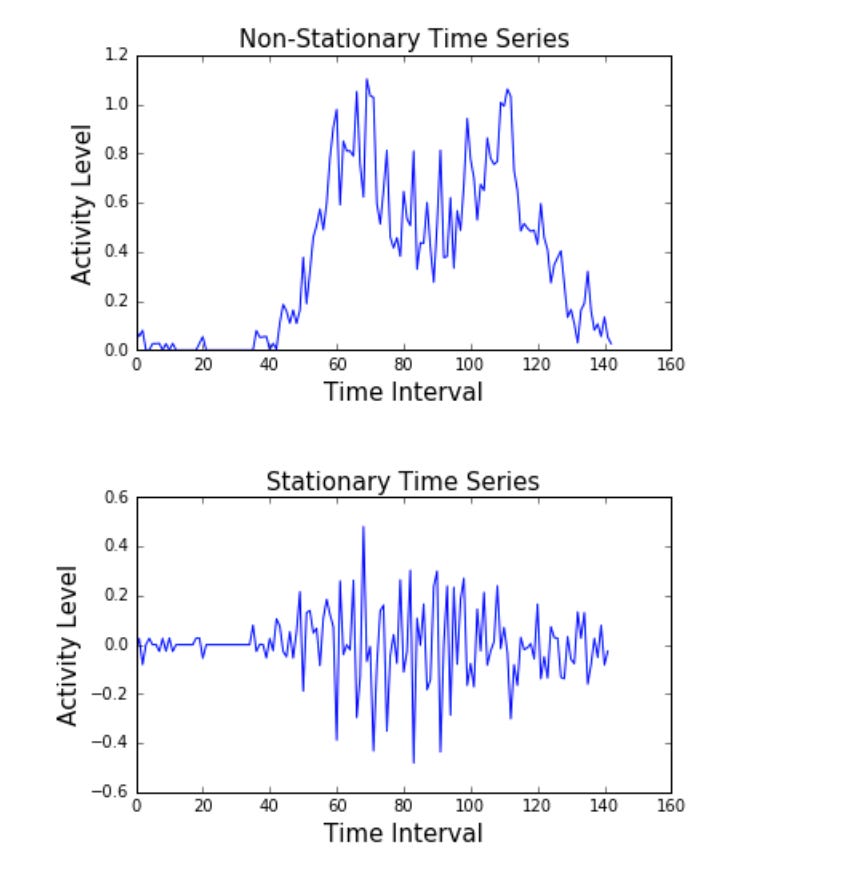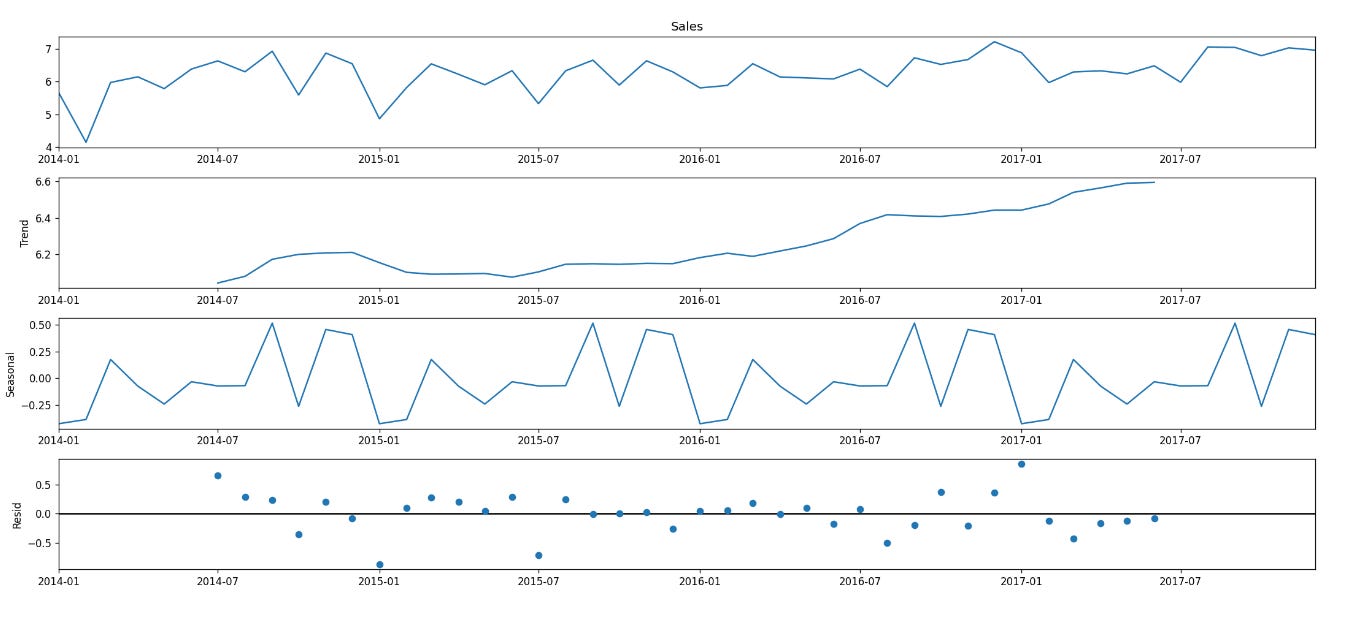Time Series Analysis and Forecasting Basics
Analysis of Sequential Data: Principles, Techniques, and Modern Approaches
Introduction to Time Series
Time series analysis is a fundamental concept in data science and statistics that deals with data points collected or recorded sequentially over time. Unlike regular regression problems, time series data has unique characteristics that require specialized analytical approaches.
What Makes Time Series Special?
Temporal Dependency: Each observation is dependent on previous observations
Fixed Time Intervals: Data is collected at consistent intervals (hourly, daily, monthly, etc.)
Natural Ordering: Data points follow a chronological sequence
Pattern Recognition: Often exhibits patterns like trends and seasonality
Core Components of Time Series
1. Trend
Definition: The long-term movement or direction in the data
Types:
Upward (increasing trend)
Downward (decreasing trend)
Horizontal (stable trend)
Characteristics:
Can be linear or non-linear
Represents the general direction of the series
May change direction over time
2. Seasonality
Definition: Regular and predictable patterns that repeat at fixed intervals
Examples:
Retail sales increasing during holidays
Ice cream consumption peaking in summer
Weekly patterns in website traffic
Characteristics:
Fixed and known frequency
Regular periodic fluctuations
Can be removed or adjusted for analysis
3. Cyclic Patterns
Definition: Rises and falls without fixed frequency
Difference from Seasonality:
Longer duration (usually >1 year)
Variable period length
Less predictable
Examples:
Business cycles
Economic boom-bust cycles
Population cycles in ecology
4. Random Variation (Noise)
Definition: Unpredictable fluctuations in the data
Characteristics:
No discernible pattern
Can mask underlying patterns
Important for statistical modeling
Understanding Stationarity
What is Stationarity?
A time series is considered stationary when its statistical properties remain constant over time.
Stationary and Non-Stationary examples. Statistical properties are not constant for the Non-Stationary plot overtime.
Key Properties of Stationary Series:
Constant Mean: The average value stays consistent
Constant Variance: The spread of data remains stable
Constant Autocorrelation: The relationship between observations and their lagged values remains consistent
Testing for Stationarity
1. Visual Inspection
Plot the time series
Look for obvious trends
Check for changing variance
Examine seasonal patterns
2. Statistical Tests
Augmented Dickey-Fuller (ADF) Test
Null hypothesis: Series is non-stationary
Alternative hypothesis: Series is stationary
Decision rule: Reject null if test statistic < critical value
KPSS Test
Complements ADF test
Tests for trend stationarity
Often used in conjunction with ADF
Phillips-Perron (PP) Test
Similar to ADF
More robust to unspecified autocorrelation
Making Time Series Stationary
Methods:
Differencing
First difference: Yt - Yt-1
Second difference: (Yt - Yt-1) - (Yt-1 - Yt-2)
Continue until stationary
Mathematical Transformations
Logarithmic transformation
Square root transformation
Box-Cox transformation
Decomposition
Separate trend
Remove seasonality
Analyze residuals
Decomposition
Example of Differencing:
Original series: [1, 5, 2, 12, 20]
First difference: [4, -3, 10, 8]
Second difference: [-7, 13, -2]
Time Series Forecasting Methods
1. Classical Methods
Moving Averages
Exponential Smoothing
SARIMA Models
2. Modern Approaches
Neural Networks
Deep Learning Models
Prophet (Facebook)
LSTM Networks
Best Practices for Time Series Analysis
Data Preparation
Handle missing values
Check for outliers
Ensure consistent time intervals
Pattern Identification
Decompose series
Identify seasonal patterns
Detect trends
Model Selection
Consider data characteristics
Evaluate multiple models
Use appropriate error metrics
Validation
Use time-based cross-validation
Consider forecast horizon
Account for seasonality in validation
Common Applications
Financial forecasting
Sales prediction
Weather forecasting
Population growth analysis
Economic indicators
Energy consumption prediction
Website traffic analysis
Performance Metrics
Mean Absolute Error (MAE)
Mean Squared Error (MSE)
Root Mean Squared Error (RMSE)
Mean Absolute Percentage Error (MAPE)
Theil's U Statistics
Conclusion
Time series analysis is a powerful tool for understanding and predicting patterns in temporal data. Success in time series analysis requires:
Understanding of core concepts
Proper data preparation
Appropriate model selection
Rigorous validation
Regular model updating and maintenance




